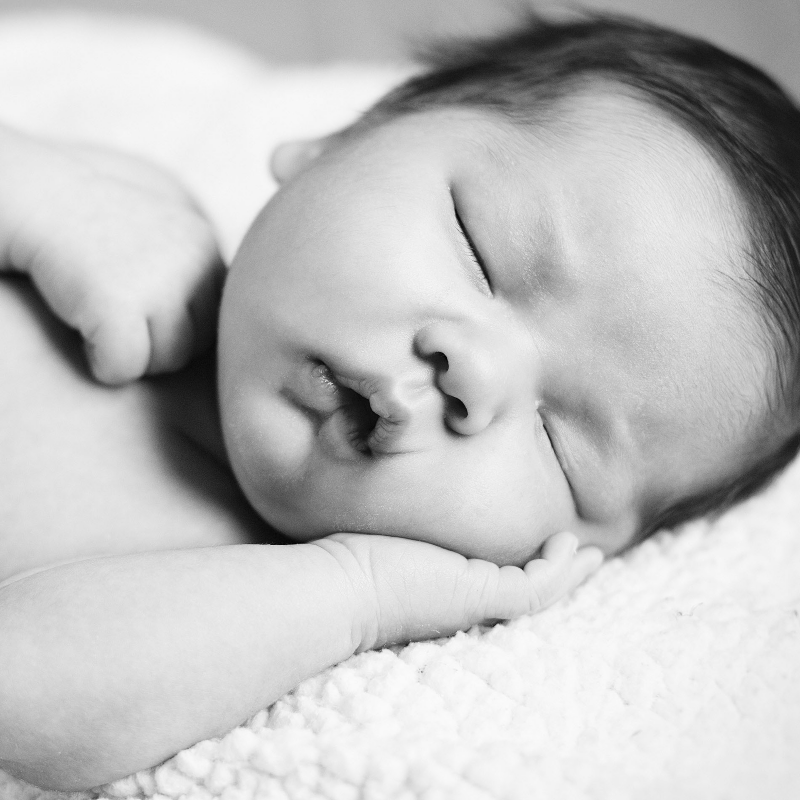
Trends in Infant Bedding Use: National Infant Sleep Position Study, Pediatrics, November 2014, by Carrie Shapiro et al
Known: The American Academy of Pediatrics has identified bedding such as pillows, blankets and quilts as potentially hazardous for the infant sleep environment and recommends that soft objects and loose bedding be removed from the infant sleep area. Bedding is a modifiable risk factor for SIDS and sleep suffocation. Rates of SIDS has declined in the US since 2000, from 66 to 53 per 100,000 live births in the USA. Infant mortality related to unintentional sleep related suffocations has increased more than 2x from 7 per 100,000 to 16. Recommendations regarding bedding first started in 1996 when the AAP advised that infants be placed to sleep in environments free of soft surfaces. In 1999, placing infants on their backs on first tight fitting mattress in a crib was recommended. In 2000, the AAP strongly recommended against bedding.
Unknown: The proportion of US sleeping with these types of bedding is unknown. Study: 7 years of US data was analyzed. Random telephone interviews were conducted and sample size ranged from 1012 to 1188. Outcome assessed was use of certain types of bedding. Parents were asked about infant sleep on a blanket, bean bag, waterbed, rug, sheep skin, cushion, sleeping bag or pillow and also used of sheet, blanket, pillow, quilt to cover the infant. *Blanket was used to describe anything thicker than a receiving blanket as the AAP has not recommended removal of thin blankets.
Results: From 1993 to 2010, bedding use declined by remained a widespread practice (average of 85% in 1993 to 55% in 2010). Most common type was thick blanket and quilts/comforters. Prevalence was highest for teen age mothers (83%) and lowest for infants born at term (55%). Bedding was also frequently reported among infants sleeping in adult beds, on their sides and on a shared surface. Infant comfort, such as warmth and softness was the most frequently reported reason for use bedding. Although some mothers stated that blanket use might increase suffocation risk, some believe that they could be used safely if placed away from infants head or had breathing holes. Another reason that they used bedding was to prevent falls from a bed or sofa by using as barricades. It is interesting to report that many popular magazines depict infants sleeping with potential hazardous bedding which may reinforce beliefs. The strongest predictors were young maternal age, non-white race and not being college educated.
Conclusions: Bedding use over or under the baby substantially declined, but over 1/2 of infants are still placed to sleep with potentially hazardous bedding and is common despite recommendations against this practice. To reduce risk, the AAP recommends that soft objects and loose bedding such as pillows and toys, quilts, comforters and sheepskin not be placed in infants sleeping environment. We must understand the trends and characteristics associated with bedding use in order to reach those at highest risk.
If you have questions or concerns about your child’s bedding or sleep habits, feel free to give MacKoul Pediatrics a call at 239-573-2001.
MacKoul Pediatrics is an amazing local pediatrics office in Cape Coral, FL where caring, compassionate doctors and nurses work with you to keep your children as healthy as possible. MacKoul cares for children from birth to college age, from Cape Coral, Fort Myers, Naples, and beyond.
March 28, 2016Eat Your Chocolate!

![[IMAGE]](http://static.mackoulpediatrics.com/images/858_ncqa_logo_centered.png)
 Trends in Infant Bedding Use: National Infant Sleep Position Study, Pediatrics, November 2014, by Carrie Shapiro et al
Trends in Infant Bedding Use: National Infant Sleep Position Study, Pediatrics, November 2014, by Carrie Shapiro et al